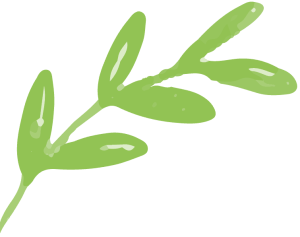
About Us
About Us
My name is Cynthia Keating and I live in Connecticut, where we raised our three kids and I work in Marketing. On the blogs of other plastic-free advocates, I read about some precipitous moment when they realized that plastic is the scourge of the earth, and they felt they needed to advocate for change. My journey has been more gradual than that. More of a story of continuous improvement. This journey started decades ago with a more general sense that we should be producing less waste. Recycling paper and glass grew into recycling paper, glass, metal and plastic as recycling in Connecticut expanded. Somewhere along the way we began composting and we began recycling textiles as that became available in our community.
We were putting a lot plastic into our recycling bin every week. Single use drinks, milk bottles, fruit packaged in plastic, laundry and dishwasher detergent, along with personal care products and other household products. With five family members it was a lot of plastic, and it felt good that we had a full bin that would be recycled--rather than landfilled--every week. Or so we thought.
The realization that our plastic wasn't being recycled came in 2018. News of the Chinese rejection of US recycling made the news. That is when I began trying to buy products that used less plastic. This too was a gradual process. Easy changes came first. Switching from single-use plastic bags for groceries and produce. Using a reusable water bottle or coffee cup instead of single use bottle or a Starbucks cup with a lid. As I worked hard to rid our trash of plastic, I became more frustrated trying to find decent replacements. It took searching for products in niche outlets and trial and error to find good quality products that didn't cost a fortune. There were so many barriers to making an easy switch to plastic-free products. I figured other people could take advantage of some of the work I had done to find plastic-free products that work.
The real change that needs to take place is with the oil companies and consumer product manufacturers who aggressively push plastic products and packaging on consumers. Will my small act of reducing plastic consumption really make a difference? Not on my own, but if more consumers demand plastic-free products and refuse to buy products in plastic packaging, we can collectively contribute to solutions to the glut of plastic waste around the world.
This blog is to make it easy for everyone to make the Plastic Switch. There are great products out there that are as good, or better, than the plastic packaged products we have been using. One step at a time--make The Plastic Switch.

How to Make the Switch?
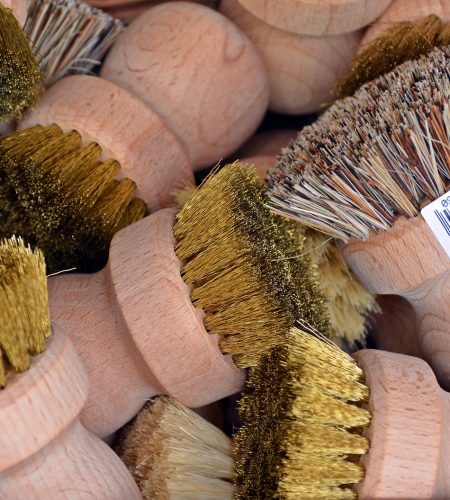
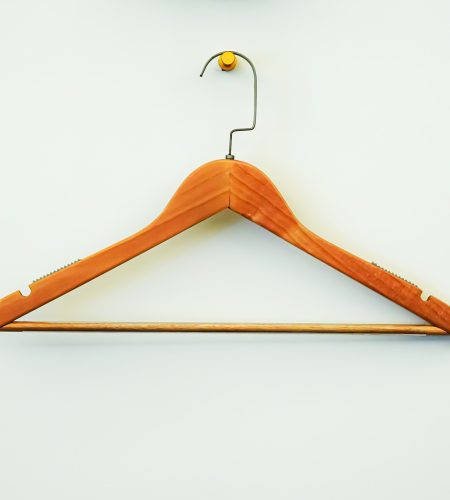
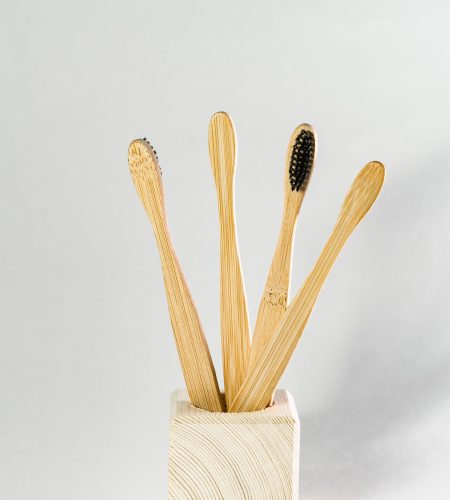
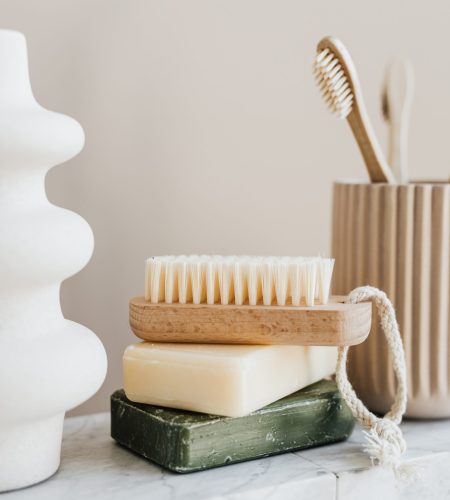
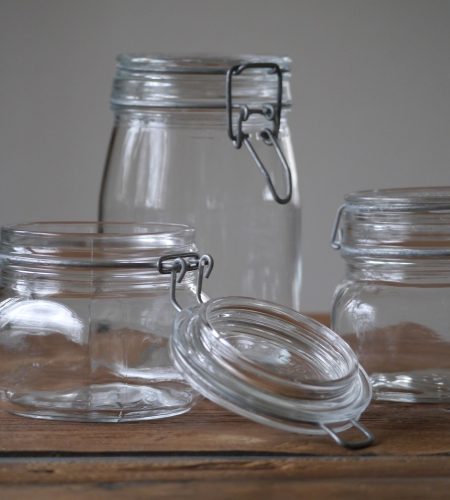
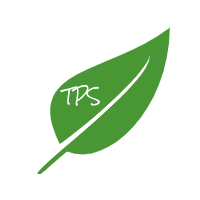
Over a Dozen Categories with Plastic-Free Products
- Laundry
- Kitchen
- Shopping
- Dairy
- Beverages
- Beauty products
- Oral Care
- Paper Products
- Storage
- Household Cleaning
Product Ratings:
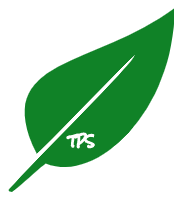
The green leaf rating signifies that the plastic-free product provides similar or better performance than conventional product, and that it is easy to make the switch.

The yellow leaf rating means that the plastic-free product may not perform quite as well as the conventional product or that the switch is not particularly easy–the product may be harder to use or harder to purchase than traditional products.
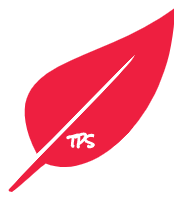
The red leaf rating means that the plastic-free product performs significantly worse than the traditional product or that there are significant barriers to making the switch.
Each product will get three ratings:
- Performance Rating: Does the product provide similar/better/worse performance than conventional product
- Convenience Rating: How hard is it to use of find/buy the plastic-free product
- Total Rating: The combination of Performance + Convenience, with a subjective overlay of price
